Some animals prefer to wallow in mud, as it provides them with a humid environment and helps keep them cool. Some of the most commonly known animals that wallow in mud are camels, pigs, horses, elephants, hyenas, tapirs, Cattles, Bison and Hippos.
Wallowing in mud can also provide some animals with a means of digesting their food. For example, camels use their hind legs to dig down into the mud and scoop up dirt and water to drink. This process helps them to break down the cellulose in plants, which is important for their digestion.
Some creatures that wallow in mud are not naturally found in that environment. mudflats are a popular place for animals to wallow, and many species of birds such as ibises and egrets use mudflats as a nesting site. swamps and marshes can also be habitats for animals that wallow in mud.
Animals wallowing in mud is a common sight in nature. It is especially common in certain regions, such as southern Africa, where the warm temperatures and ample rainfall create ideal conditions for mud wallowing. In this essay, we will discuss the various animals that wallow in mud and the benefits of doing so.
Post Contents
13 Animals that Wallow in Mud or Dust Bathe
Likewise, hippopotamuses use their broad snouts to dig down into the mud and scoop up water to drink. This process helps them to break down the cellulose in plants, which is important for their digestion.
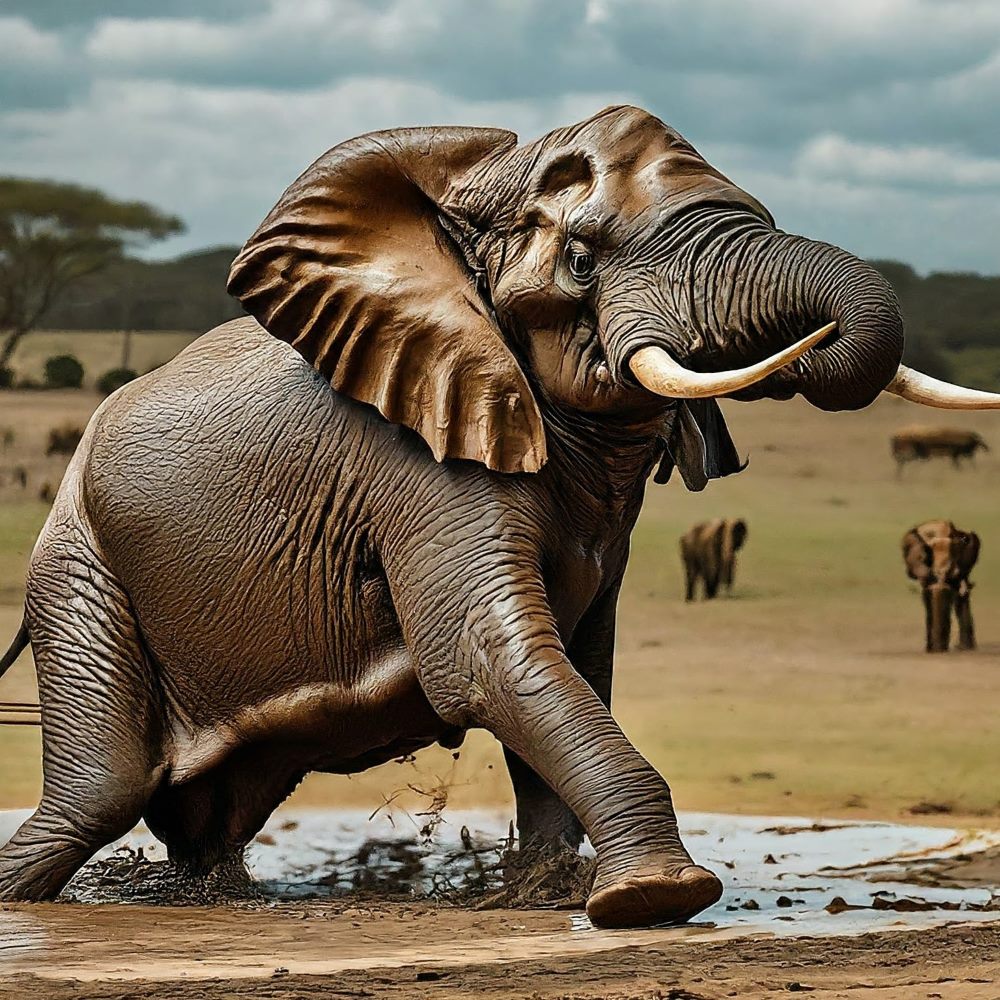
Elephants:
Elephants are renowned for their love of wallowing in mud. These majestic creatures use their trunk to push mud and water up from the ground, creating a cooling and hydrating bath. Mud serves a dual purpose for elephants – it helps regulate their body temperature, keeping them cool under the scorching sun, and acts as a protective barrier against parasites and insects. Elephants often coat themselves in mud to shield their skin from harmful UV rays and to deter pests. Additionally, mud baths are a social activity for elephants, fostering bonding among herd members as they playfully splash and roll in the mud.
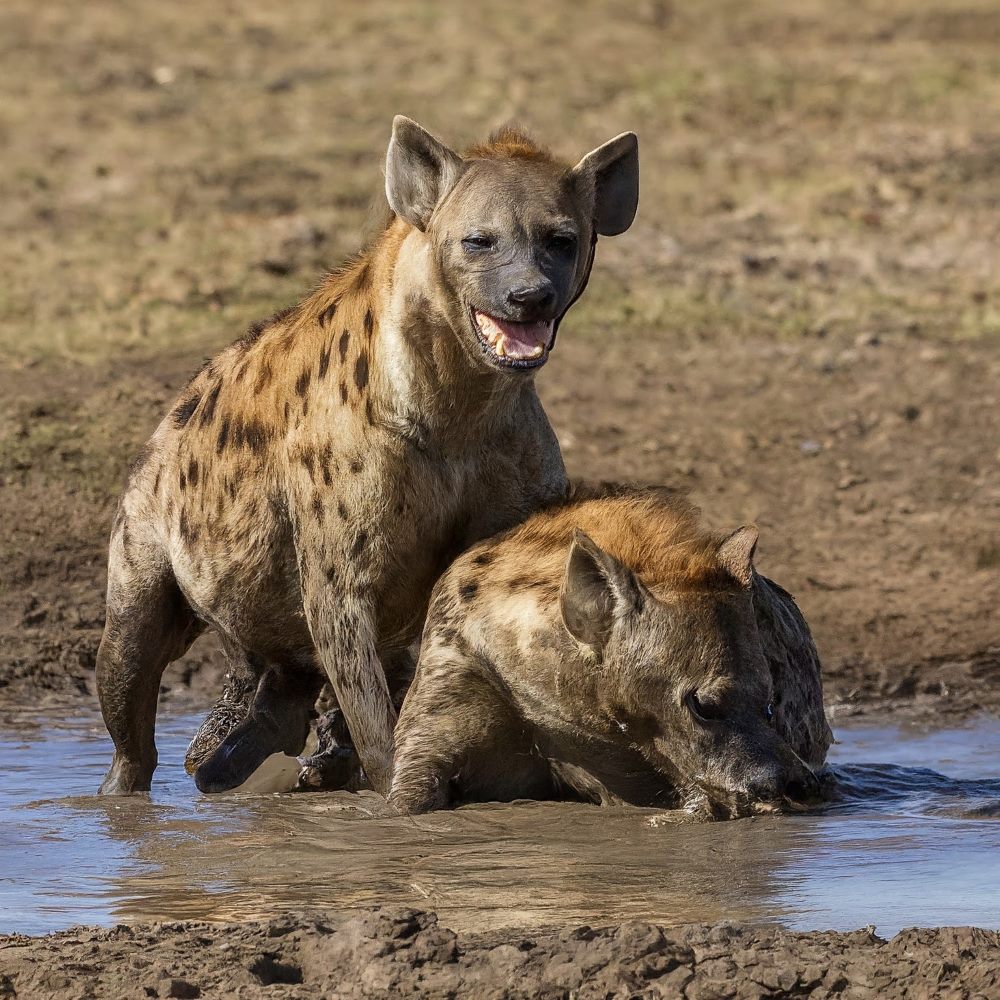
Spotted Hyenas:
Spotted hyenas are opportunistic animals that are not shy about indulging in mud wallowing. They use their powerful paws to dig into muddy patches, coating themselves in the thick sludge. This behavior serves as both a cooling mechanism and a form of camouflage, as the mud helps mask their scent from potential predators. Additionally, mud may provide relief from skin irritations and parasites, offering hyenas a form of natural skincare.
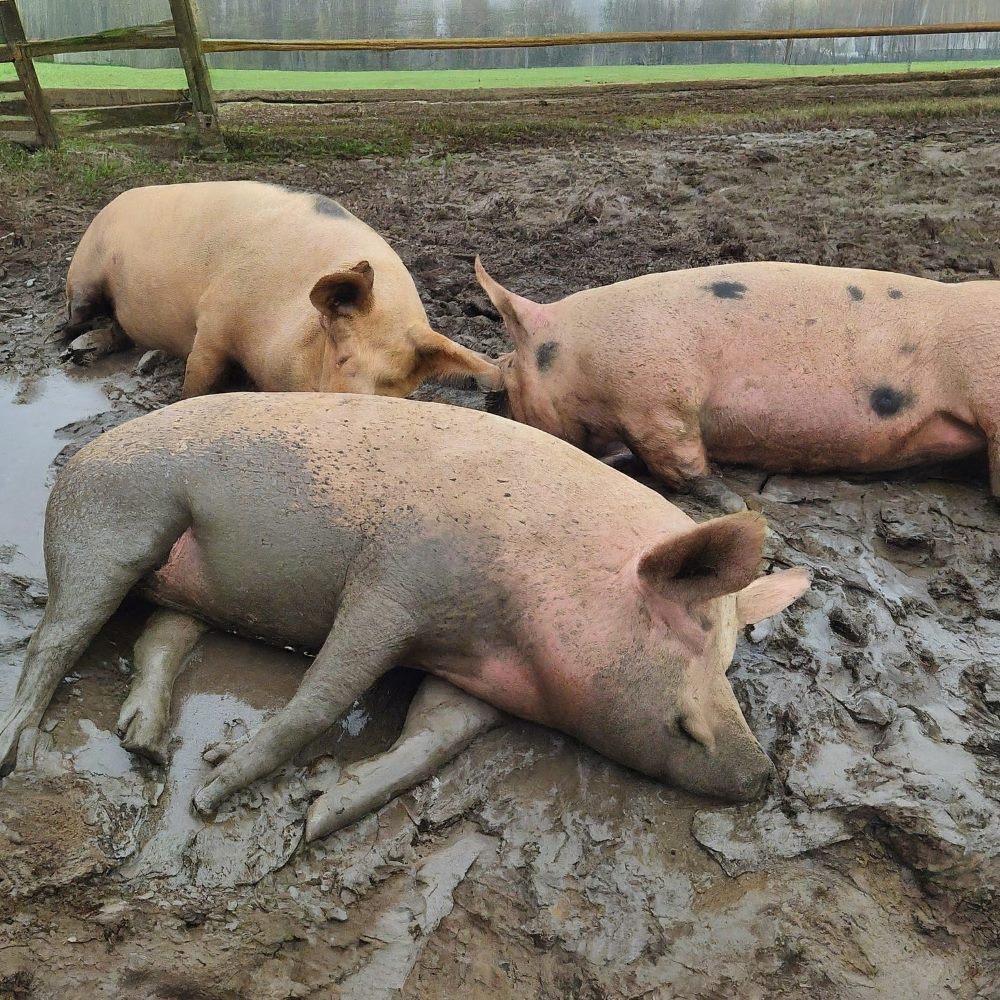
Domestic Pigs:
Domestic pigs are notorious for their affinity for mud wallowing. Contrary to popular belief, pigs are not inherently dirty animals; rather, they instinctively seek out mud as a means of thermoregulation and parasite control. Pigs lack sweat glands, so rolling in mud helps them cool down by evaporating heat from their bodies. Furthermore, the mud acts as a natural sunscreen, protecting their sensitive skin from sunburn and insect bites. Pigs also possess a keen sense of smell and use mud to mask their scent, making it harder for predators to detect them.
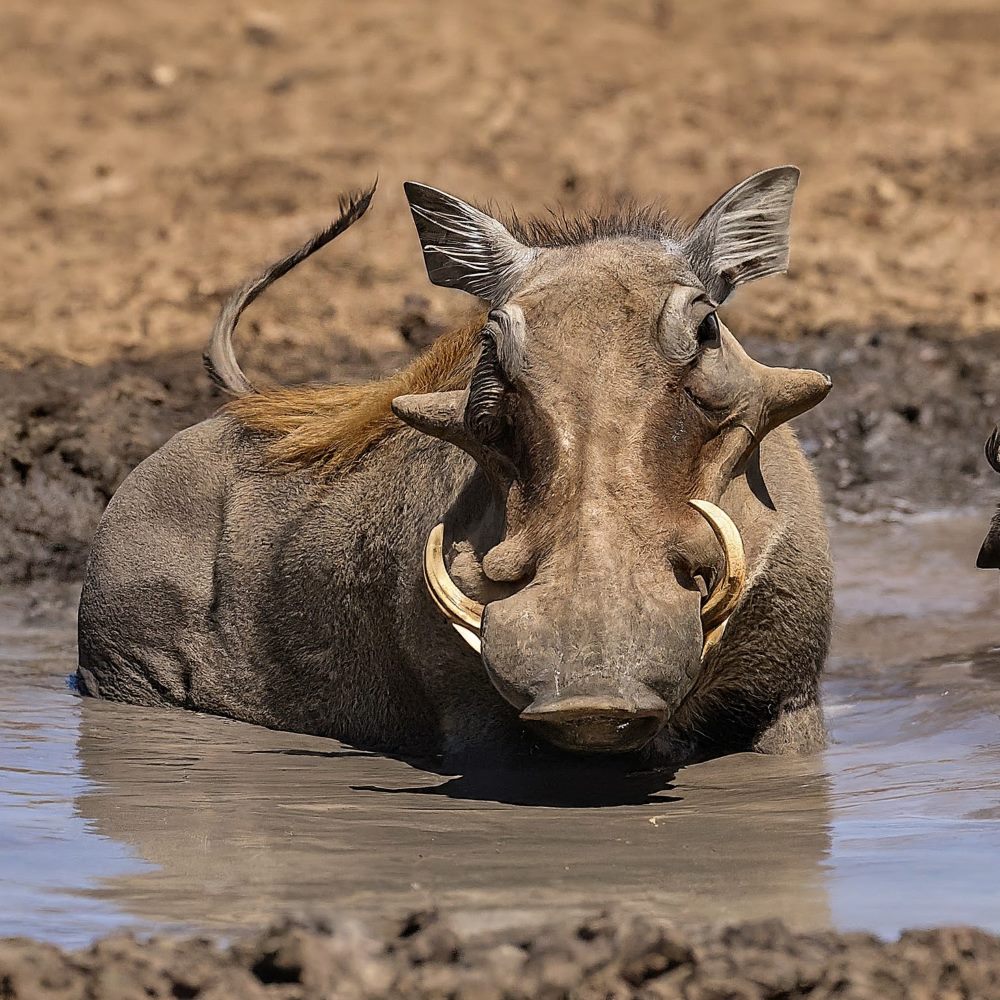
Wild Warthogs:
Wild warthogs are adapted to hot and arid environments, making mud wallowing a vital survival strategy. These sturdy creatures possess thick skin that acts as a barrier against the elements and predators. Wallowing in mud not only helps warthogs regulate their body temperature but also serves as a form of social interaction. Warthogs often gather around watering holes or mud pits, where they engage in playful interactions and establish social hierarchies. Additionally, mud can help soothe skin irritations and remove parasites, contributing to the overall health and well-being of wild warthog populations.
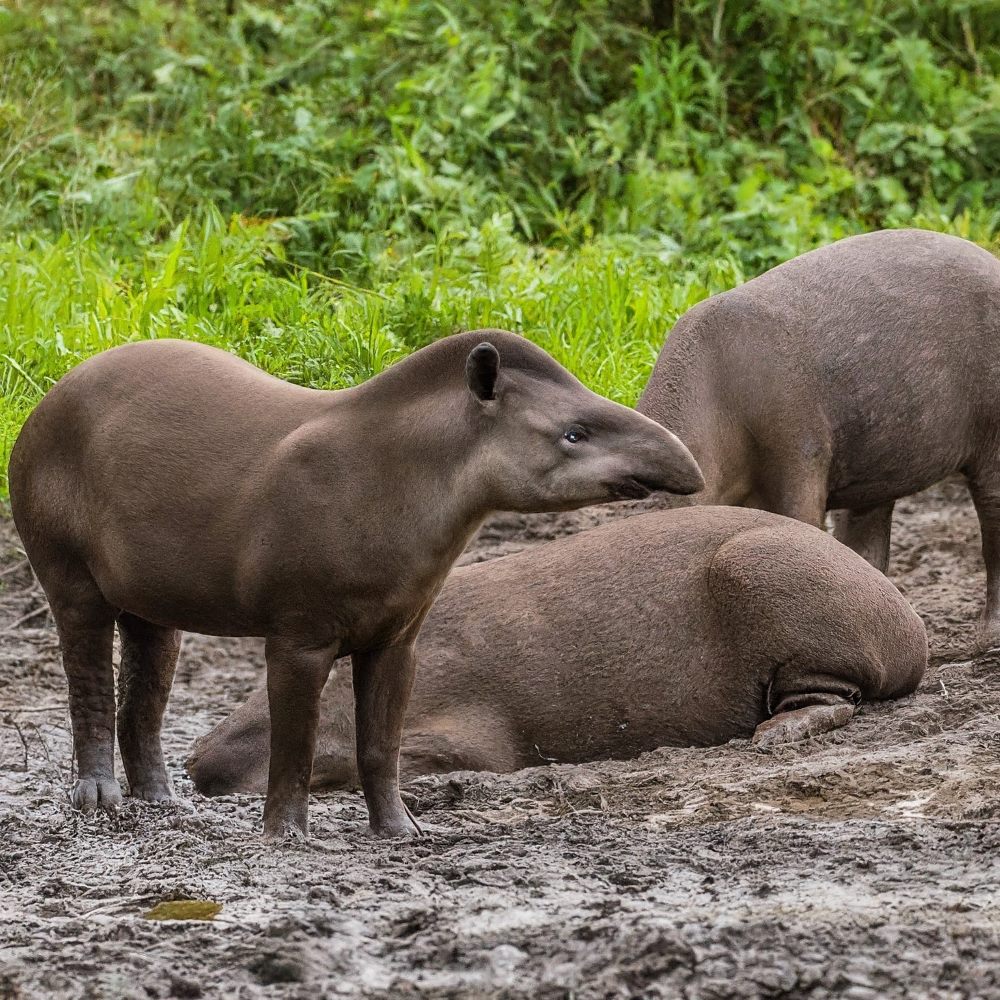
South American Tapirs:
South American tapirs, also known as “jaguars of the rivers,” are another species known to indulge in mud wallowing. These large herbivores inhabit the dense rainforests and wetlands of South America, where they rely on mud baths to regulate their body temperature and maintain healthy skin. Using their long, flexible noses, tapirs explore the depths of muddy puddles in search of aquatic plants and roots, which form a significant part of their diet. Mud wallowing also helps tapirs camouflage themselves in their natural habitat, providing protection from predators such as jaguars and anacondas.
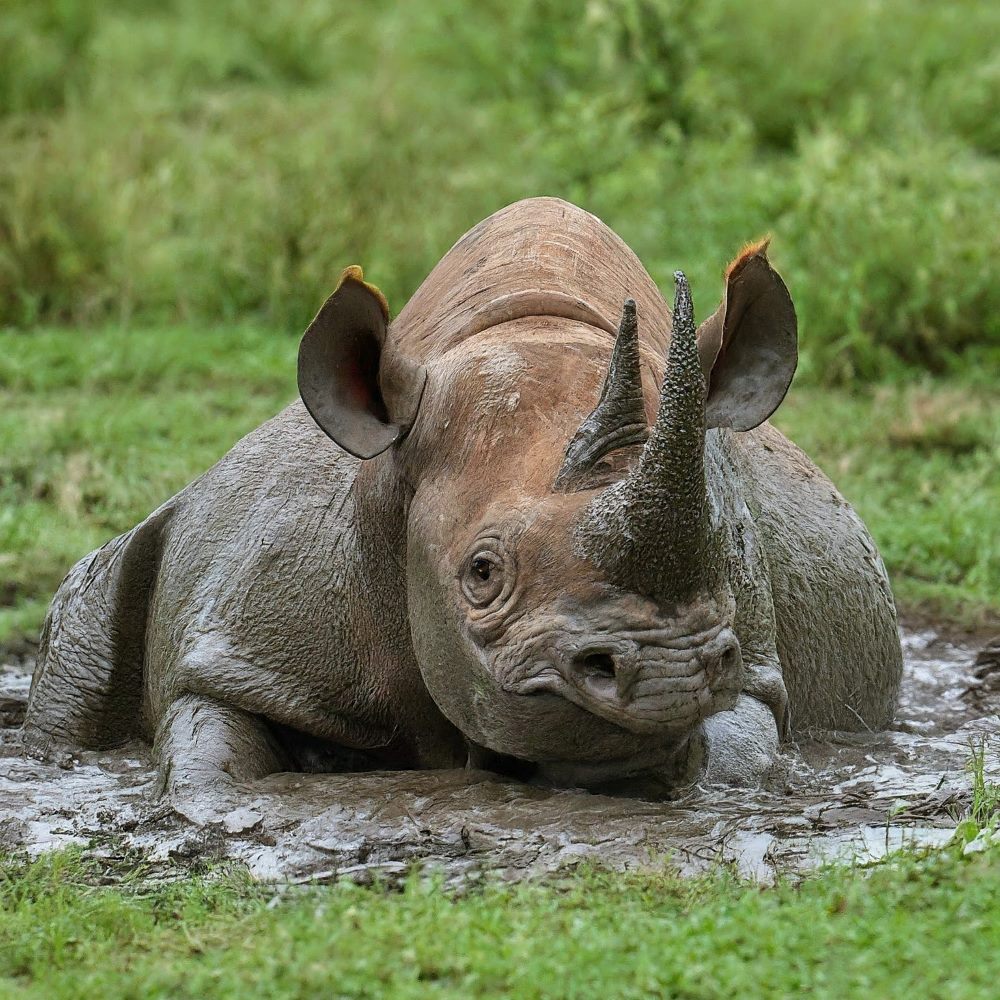
Rhinoceros (Black & White Rhino):
Rhinoceroses, both black and white species, are iconic mud wallowers found in savannas and grasslands across Africa and Asia. These massive herbivores use their formidable strength and prehensile lips to push mud and water up from the ground, creating cooling pools in which to bathe. Mud wallowing not only helps rhinos regulate their body temperature but also serves as a means of social interaction. Rhinos often gather at watering holes or mud pits, where they engage in playful interactions and establish dominance hierarchies within their herds. Additionally, mud serves as a natural sunscreen, protecting rhinos’ sensitive skin from harmful UV rays and insect bites.
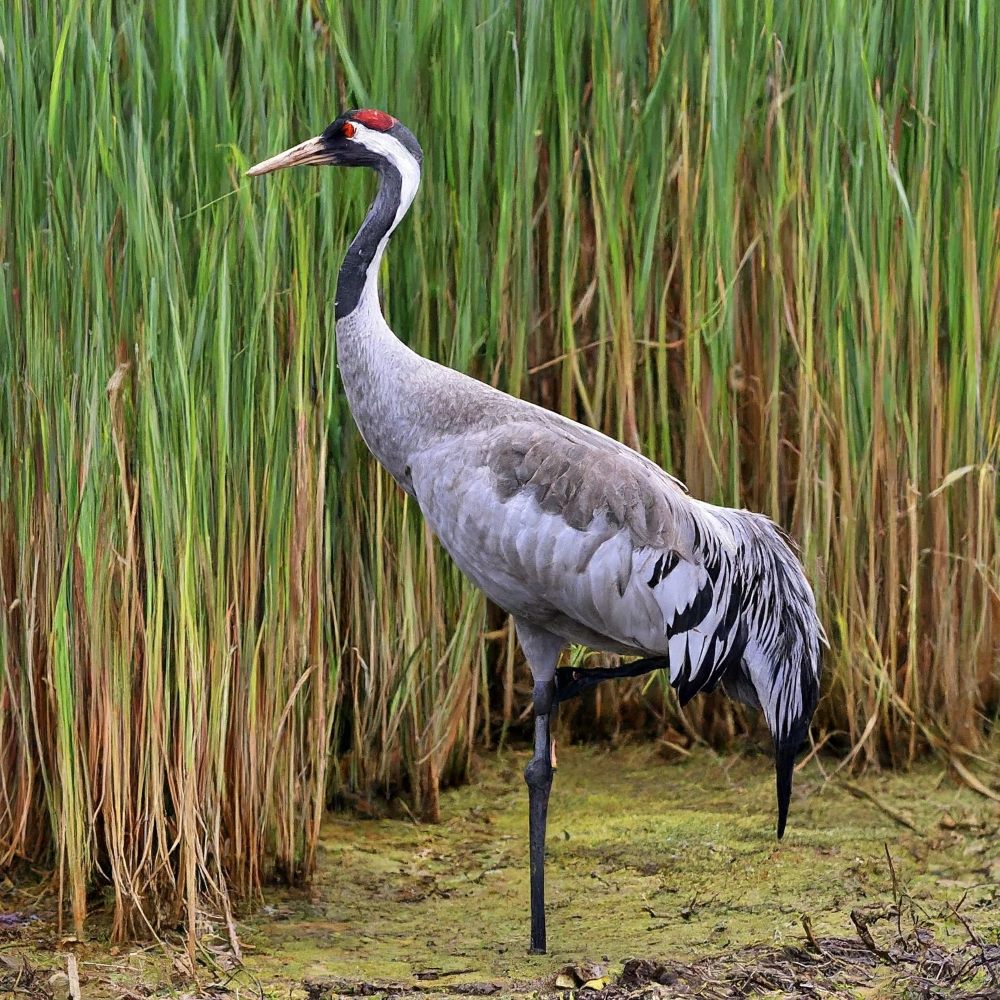
Cranes and Barn Swallows:
While birds are not commonly associated with mud wallowing, some species exhibit this behavior as part of their natural repertoire. Cranes, with their long legs and elegant wings, are often found wading through shallow water or mudflats in search of food. They use their sturdy beaks to scoop up mud and debris, filtering out small invertebrates and aquatic plants.
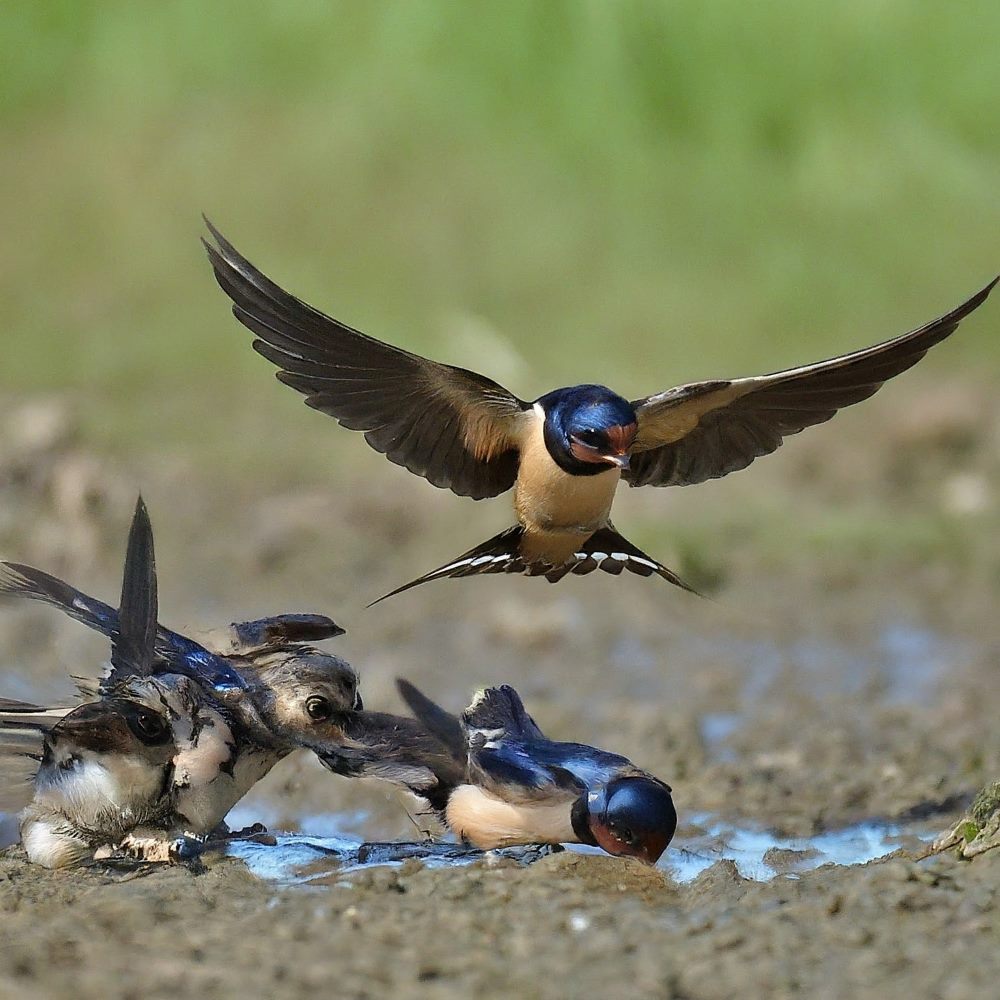
Similarly, barn swallows skim the surface of mudflats with their slender beaks, catching insects and other small prey items. Mud wallowing allows these avian species to access nutrient-rich food sources and maintain their energy levels during migration and breeding seasons.
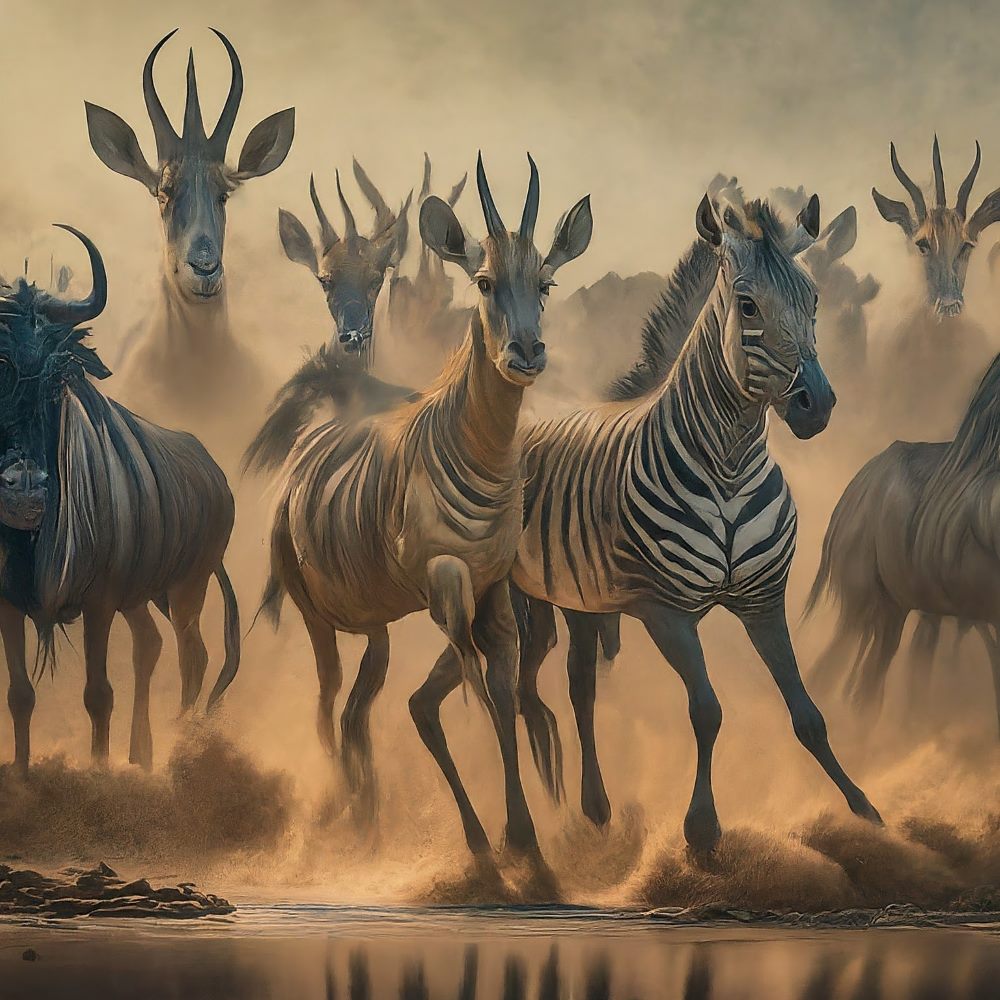
Bovids and Bisons:
Bovids, including antelopes, goats, and sheep, are a diverse group of hoofed mammals known for their adaptability to various habitats. Many bovid species engage in mud wallowing as a means of thermoregulation and parasite control. Using their hooves and muscular bodies, bovids create shallow depressions in the mud, which they then lie in to cool off and remove external parasites. Similarly, bison, with their imposing size and distinctive horns, are frequent visitors to muddy watering holes and wallows. Mud wallowing helps bison regulate their body temperature and maintain healthy skin, contributing to their overall health and well-being in the harsh environments they inhabit.

Horses and Camels:
Horses and camels, despite their differences in size and habitat, share a common affinity for mud wallowing. Horses, with their powerful legs and sleek coats, often seek out muddy patches to roll in, especially during hot weather. Mud wallowing helps horses regulate their body temperature and alleviate skin irritations caused by insects and allergies.
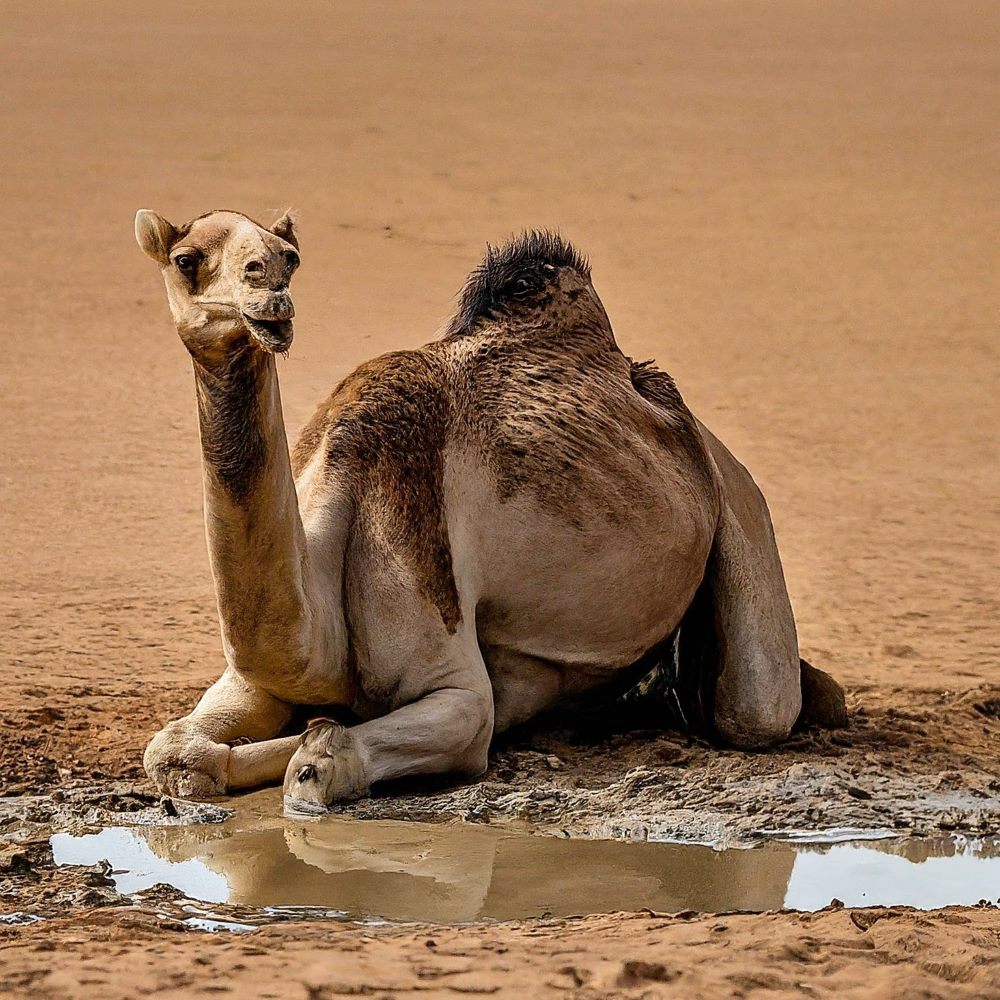
Similarly, camels, with their distinctive humps and tough skin, are well-adapted to desert environments where water is scarce. Mud wallowing allows camels to cool off and replenish moisture lost through evaporation, ensuring their survival in arid regions.
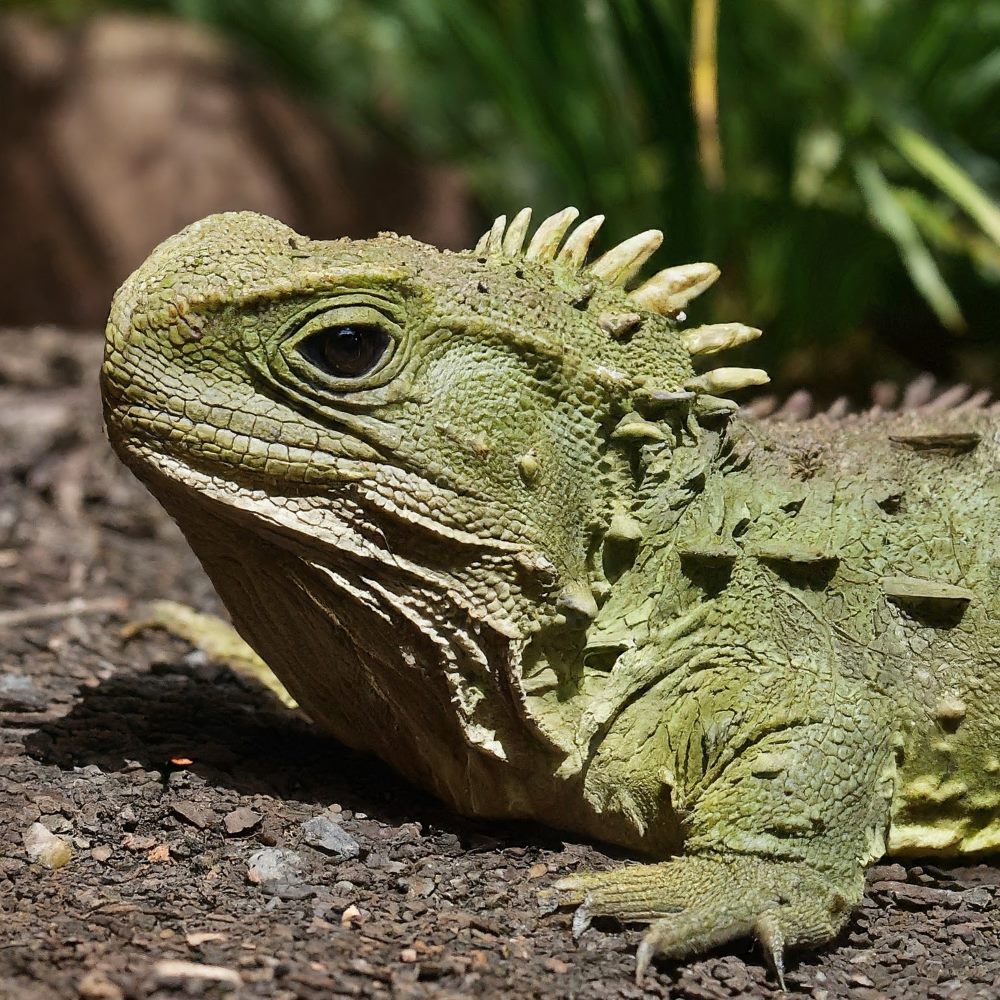
Tuatara (Sphenodon punctatus):
The tuatara, a unique reptile endemic to New Zealand, is known for its unusual behavior of mud wallowing. Despite inhabiting humid rainforests, tuataras occasionally seek out muddy patches to cool off during the hot summer months. Mud wallowing helps tuataras regulate their body temperature and maintain optimal hydration levels in their environment. Additionally, tuataras may use mud as a form of camouflage, blending in with their surroundings to evade predators such as birds of prey and introduced mammals. This behavior underscores the adaptability of tuataras to diverse habitats and environmental conditions.
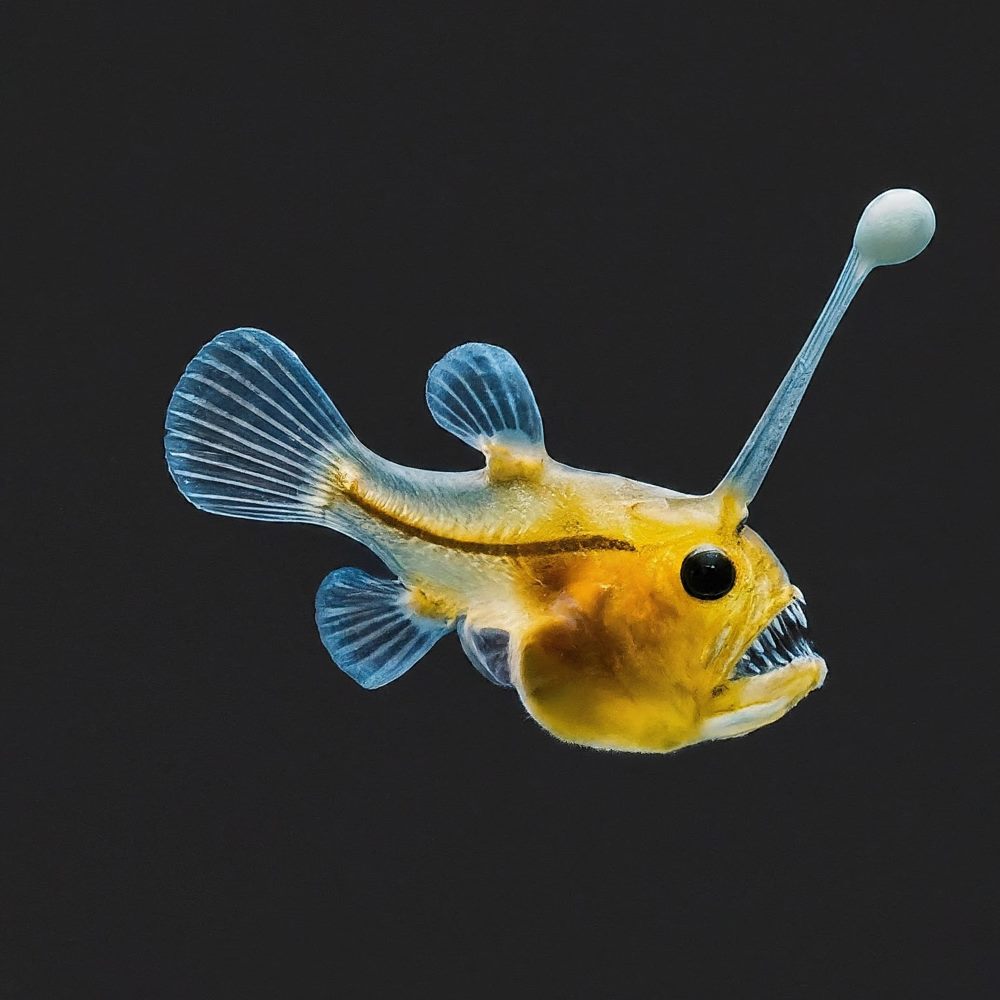
Angler Fishes:
Angler fishes, with their grotesque appearance and bioluminescent lures, are deep-sea dwellers known for their unique feeding behavior. These carnivorous fish often inhabit muddy seabeds and ocean floors, where they use their large heads and jaws to crush plant material and prey items. Mud wallowing may serve as a means of camouflage for angler fishes, allowing them to blend in with their murky surroundings and ambush unsuspecting prey. Additionally, mud may provide angler fishes with essential nutrients and minerals, supplementing their diet and supporting their metabolic needs in the nutrient-poor depths of the ocean. Overall, mud wallowing underscores the remarkable adaptability of angler fishes to extreme environments and their resourcefulness in obtaining sustenance in the deep sea.
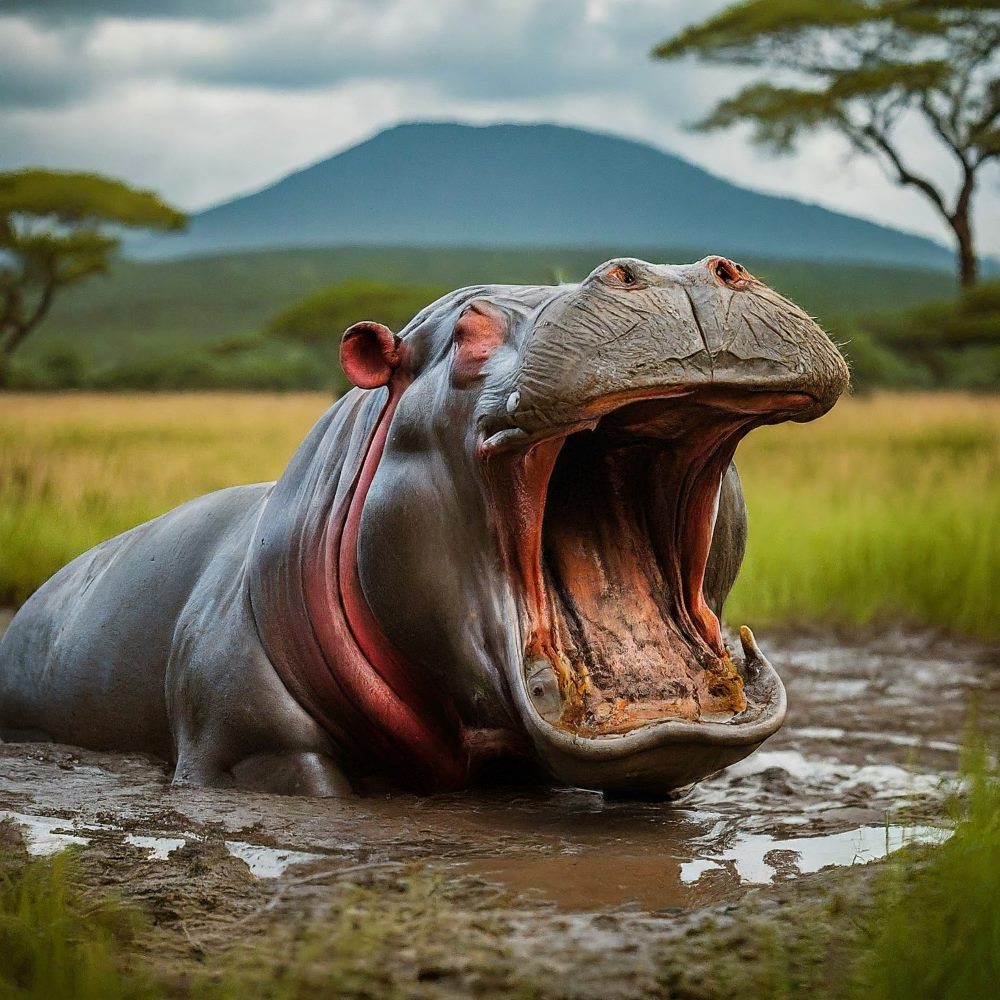
Hippopotamus:
Hippopotamuses, often referred to as “river horses,” are renowned for their affinity for mud wallowing. These semi-aquatic mammals spend much of their time submerged in rivers, lakes, and swamps, where they use their broad snouts to dig down into the mud and scoop up water to drink. Mud wallowing serves several important functions for hippos, including thermoregulation, hydration, and social interaction. It helps them stay cool under the blazing sun, maintain healthy skin, and establish dominance within their social groups. Additionally, mud acts as a natural exfoliant, removing dead skin cells and parasites from hippos’ bodies, ensuring their continued health and well-being in their aquatic habitats.
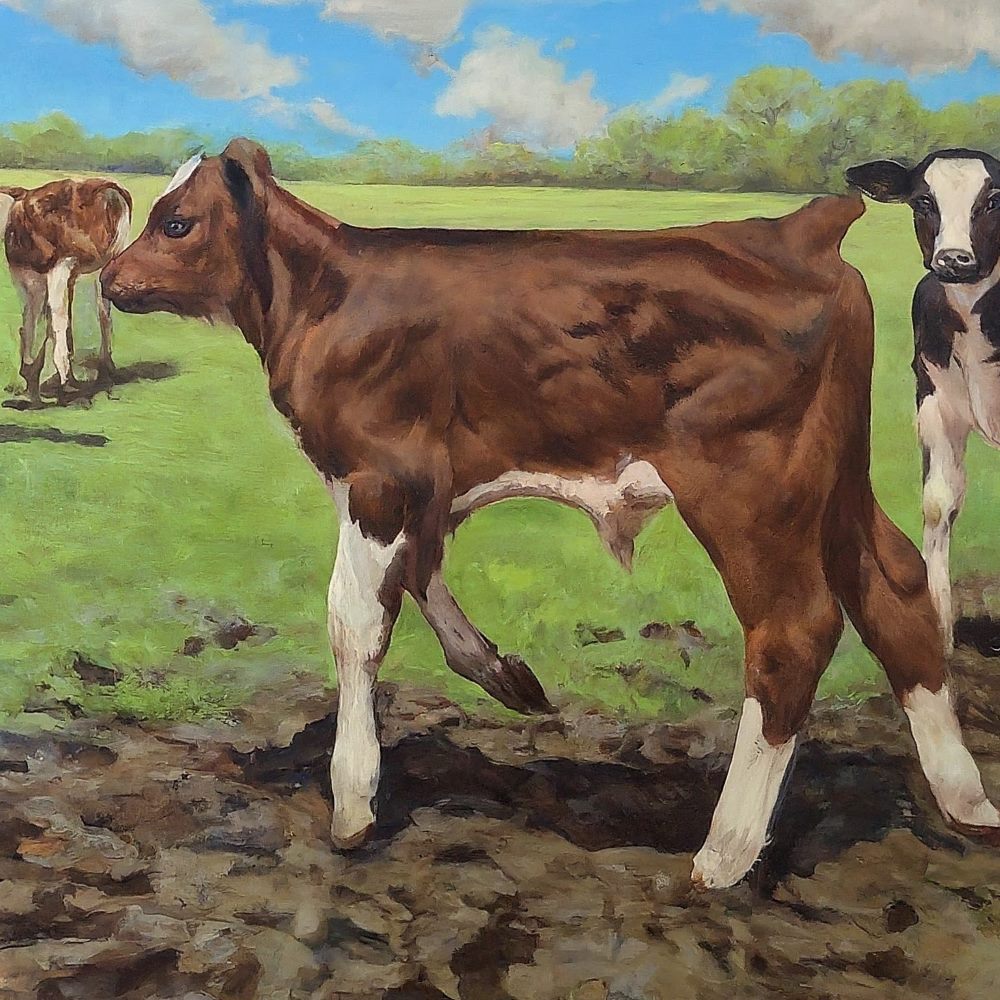
Cattle:
Cattle, including cows and bulls, are domesticated animals known for their habit of mud wallowing, especially during hot summer months. Despite their size and strength, cattle are susceptible to heat stress, which can negatively impact their health and productivity. Mud wallowing provides cattle with a natural means of cooling off and maintaining body temperature within a comfortable range. Additionally, mud acts as a barrier against insects and parasites, reducing the risk of skin infections and discomfort. Cattle may also engage in social wallowing, gathering in groups to share muddy patches and reinforce social bonds within the herd. Overall, mud wallowing plays a crucial role in the health and well-being of cattle, ensuring their comfort and productivity in agricultural settings.
6 Benefits of Wallowing in mud
Wallowing in mud has many benefits for various animals. According to Psyg.org wallowing aids in temperature regulation.
- Hyenas, pigs, warthogs, tapirs, rhinoceros, cranes and barn swallows are just a few of the animals that use mud to keep themselves cool and hydrated.
- Animals that wallow in mud also use it as a way to extract nutrients from plants they eat.
- These creatures can also reduce their chances of becoming prey by smearing their bodies with mud.
- Some animals use it to cool off during hot weather, while others use it to extract nutrients from plants they eat. It’s definitely a unique way to spend a summer afternoon!.
- Mud wallowing also helps to keep animals clean and helps them to get rid of mites and blood sucking insects.
- The process of wallowing in mud also helps to break down plant material, which is important for the animal’s digestion.
3 Drawbacks of Wallowing in Mud
- Some of the drawbacks include getting dirty and wet, not being able to feel pain, and not being able to move very quickly.
- Additionally, some animals don’t wallow in mud if it’s too cold or too hot.
- Getting dirty and wet, not being able to feel pain, and not being able to move very quickly.
What Are Some Common Ways Animals Wallow in Mud?
There are many ways different species of animals wallow in mud.
- Some animals use their paws to dig into the mud and smear it on their bodies.
- Other animals use their beaks to skim the water for food. And still other animals fly into shallow water to scoop up dirt with their beaks.
- They often dig large holes in which they can sit or lie down and then roll around on the soft wet soil.
- Other animals use mud wallowing as a way to mark their territory or as a form of communication with other animals.
- Moreover, some animals wallow in mud by soaking in a muddy puddle or swimming in a creek.
Some Interesting Facts About Animals Wallowing in Mud
-The hippopotamus is the heaviest animal in the world and it is also the biggest animal that wallows in mud.
-The American bison is the largest land animal on Earth and it also wallows in mud.
-The warthog is one of the smallest animals that wallows in mud, but it is also one of the most dangerous.
-The spotted hyena is one of the most common predators in Africa and it also wallows in mud.
-Many different species of birds use mud wallowing as a way to cool off or to extract water and food from mudflats.
-The common crane is the largest bird in the world and it also wallows inmud.
-The South American tapir is the largest land animal in South America and it wallows in mud to cool off.
Dust Bath Vs Mud Wallowing in Animals
There is a lot of debate about whether mud wallowing or dust bathing is better for your health.
Mud wallowing is thought to be better for your health because it helps to cool you down and to extract water and food from plants.
Dust bathing, on the other hand, is thought to be better for your health because it helps to reduce allergies and asthma symptoms.
Birds like Thrushes, thrashers, larks, and wrens take regular dust baths and sometimes wallow in mud.
Conclusion
Animals wallowing in mud is an amazing natural phenomenon that can be seen all over the world. It is important to recognize that there are many benefits associated with the practice and that it varies from species to species. We hope this essay has provided you with an understanding of why animals wallow in mud and some interesting facts about it.

94% of pet owners say their animal pal makes them smile more than once a day. In 2007, I realized that I was made for saving Animals. My father is a Vet, and I think every pet deserves one. I started this blog, “InPetCare”, in 2019 with my father to enlighten a wider audience.
